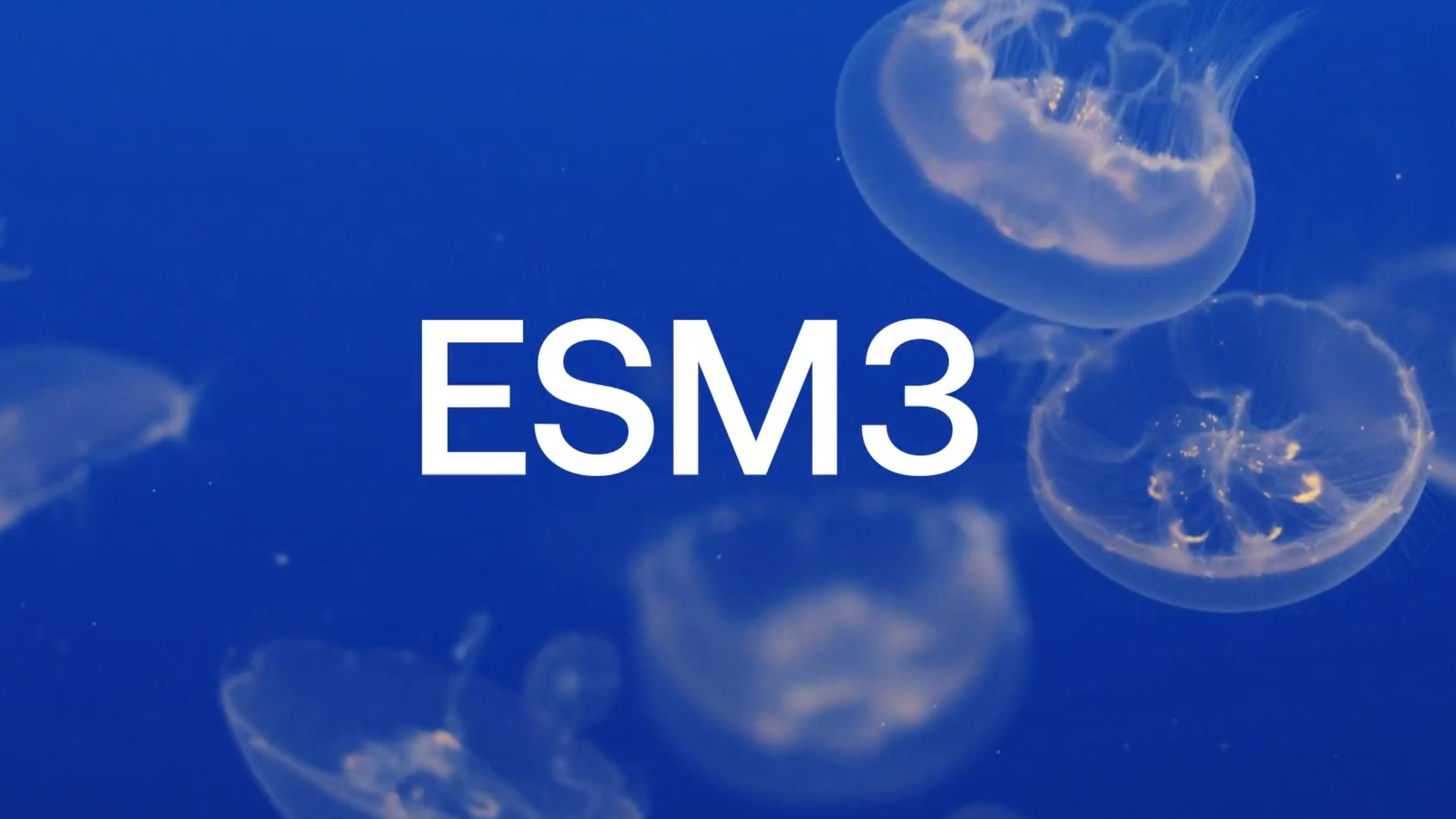Unlike traditional language models that only learn from textual data, ESM3 learns from discrete tokens representing the sequence, three-dimensional structure, and biological function of proteins. The model views proteins as existing in an organized space where each protein is adjacent to every other protein that differs by a single mutation event.
They used it to "evolve" a novel protein that acts similarly to others found in nature, while being structurally unique.
You must log in or register to comment.

